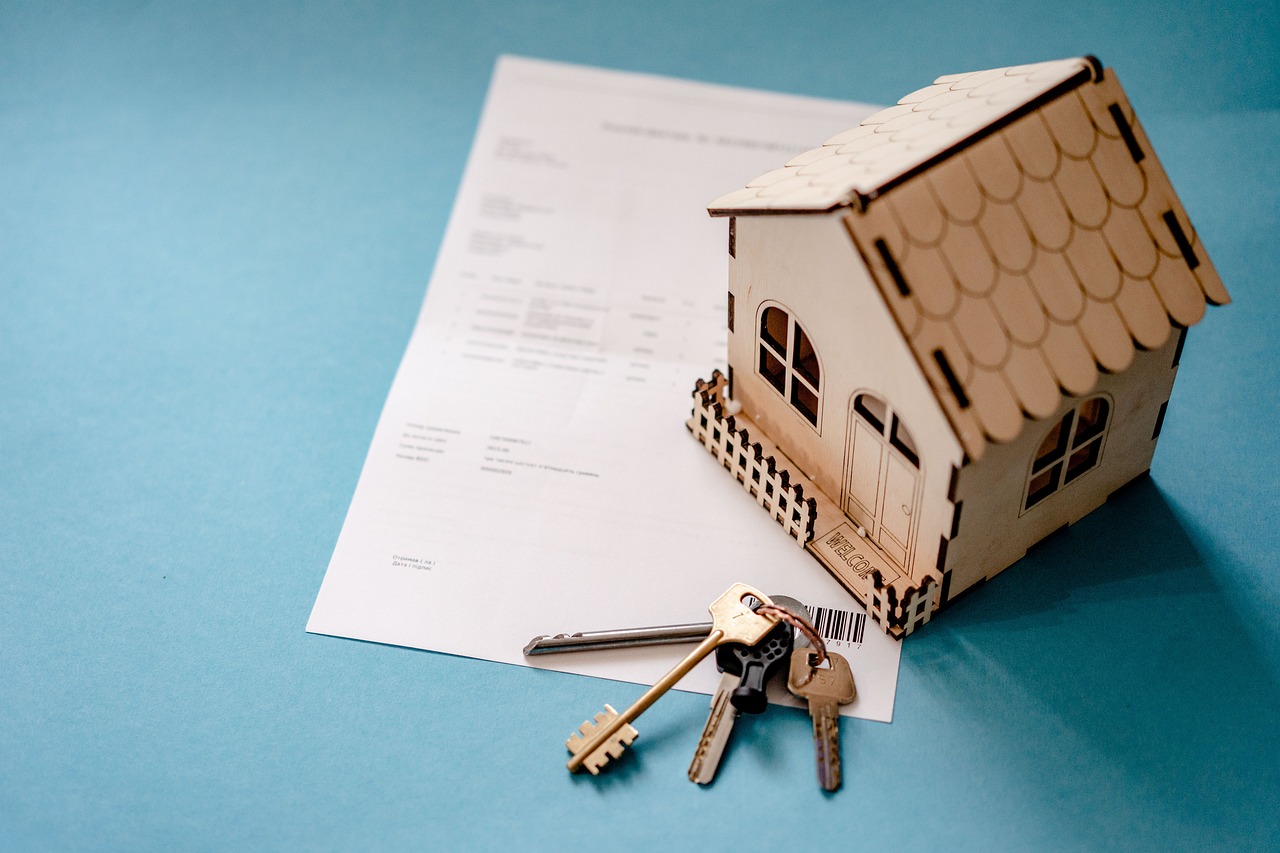Introduction
Investing in real estate can feel like joining an exclusive club of financial wizards. But here’s the good news: you don’t need a million-dollar bank account or insider secrets to get started. With a little planning, some research, and maybe a sprinkle of patience, you can start building wealth through property. Let’s break it down step-by-step (and keep it fun along the way).
Step 1: Decide Why You’re Investing
- Long-Term Wealth: Are you buying rental properties to create a steady income?
- Quick Flips: Do you want to buy, renovate, and sell properties for profit?
- Funny But True: Some investors dream of HGTV-style glory; others just want that sweet, passive income.
Step 2: Understand Your Financial Standing
- Check Your Credit Score: A score of 700+ gets you better loan terms.
- Save for a Down Payment: Aim for 20% of the property’s price to avoid private mortgage insurance (PMI).
- Budget for Extras: Closing costs, maintenance, and property management fees can add up.
Pro Tip: If your savings are tight, consider starting with real estate investment trusts (REITs).
Step 3: Research the Market
- Hot Areas: Look for neighborhoods with job growth, good schools, and rising property values.
- Rental Potential: Check rental demand and average rates in the area.
- Funny But True: If it’s a place you’d live, chances are someone else would too.
Pro Tip: Use tools like Zillow or Redfin to compare prices and trends.
Step 4: Choose Your Investment Strategy
1. Buy-and-Hold
- Buy a property, rent it out, and let its value grow over time.
- Benefits: Steady cash flow and long-term appreciation.
- Challenges: Tenant issues and ongoing maintenance.
2. Fix-and-Flip
- Buy a fixer-upper, renovate it, and sell it for a profit.
- Benefits: Quick returns.
- Challenges: High upfront costs and market unpredictability.
3. House Hacking
- Buy a multi-family property, live in one unit, and rent out the others.
- Benefits: Tenants help pay your mortgage.
- Funny But True: Sharing walls might mean hearing your neighbors’ karaoke nights.
4. Short-Term Rentals (Airbnb)
- Rent your property to travelers.
- Benefits: High-income potential in tourist areas.
- Challenges: Managing bookings and dealing with seasonal fluctuations.
Step 5: Secure Financing
- Conventional Loans: Best for long-term investors with good credit.
- FHA Loans: Low down payment options for first-time buyers.
- Private Lenders: Great for fix-and-flip projects but come with higher interest rates.
Funny But True: The bank will give you a mortgage, but your mom might still remind you to be careful.
Step 6: Close the Deal
- Inspect Thoroughly: Hire a professional to uncover hidden issues.
- Negotiate Like a Pro: Use inspection findings to get seller concessions.
- Sign and Celebrate: Congrats, you’re officially a real estate investor!
Step 7: Manage Your Property
- DIY vs. Hiring a Manager: Decide if you want to handle tenant calls or outsource the work.
- Keep It Maintained: Regular upkeep prevents costly repairs later.
- Pro Tip: Set aside 1% of the property’s value annually for maintenance.
Common Mistakes to Avoid
- Skipping Due Diligence: Always research thoroughly before buying.
- Underestimating Costs: Budget for unexpected repairs and vacancies.
- Overleveraging: Don’t stretch your finances too thin.
Conclusion
Real estate investing isn’t just for the ultra-rich—it’s for anyone willing to plan, learn, and take calculated risks. Whether you’re buying your first rental property or diving into the world of fix-and-flip, the potential for building wealth is real. So, roll up your sleeves and get started—you might just surprise yourself with how far you can go.




Leave a Reply